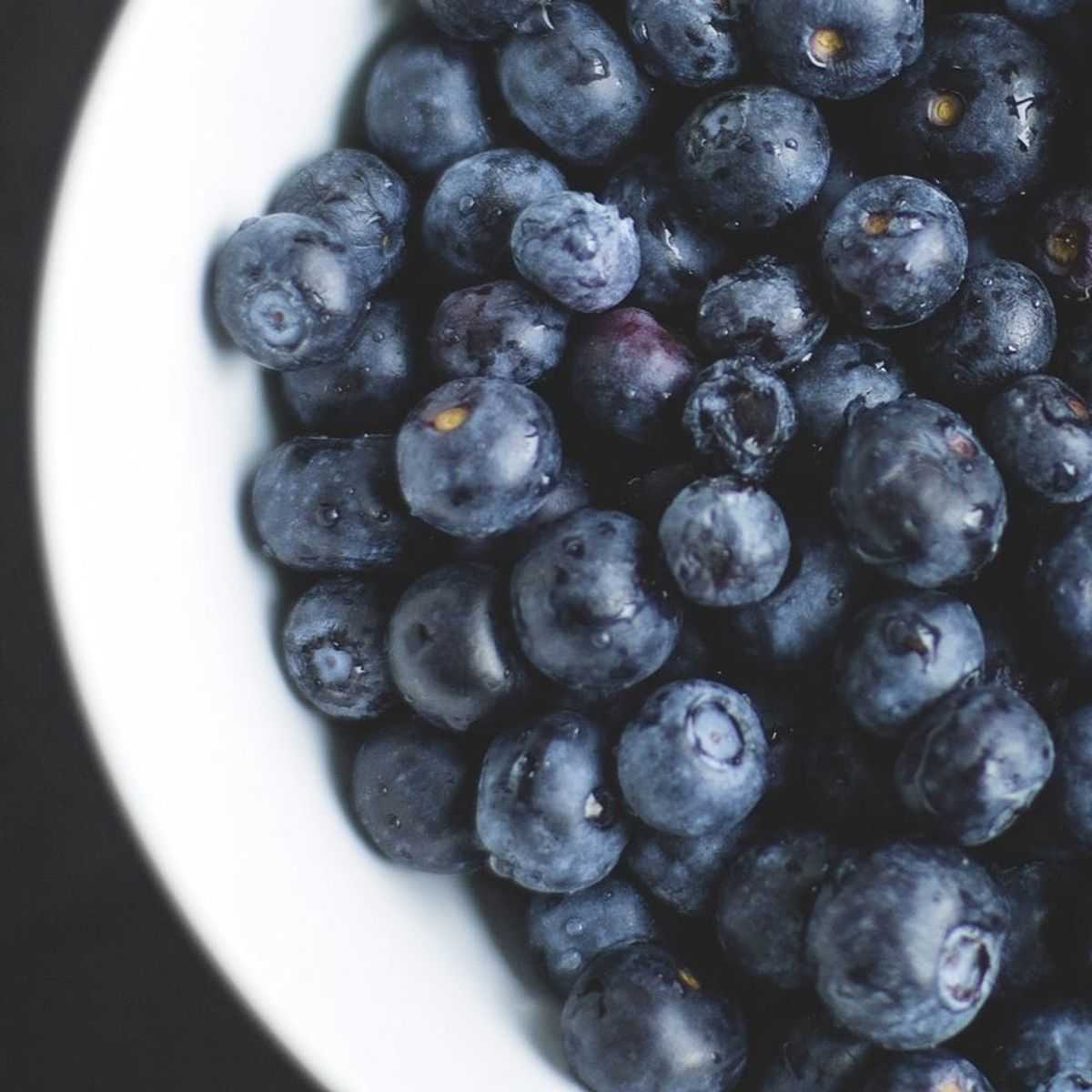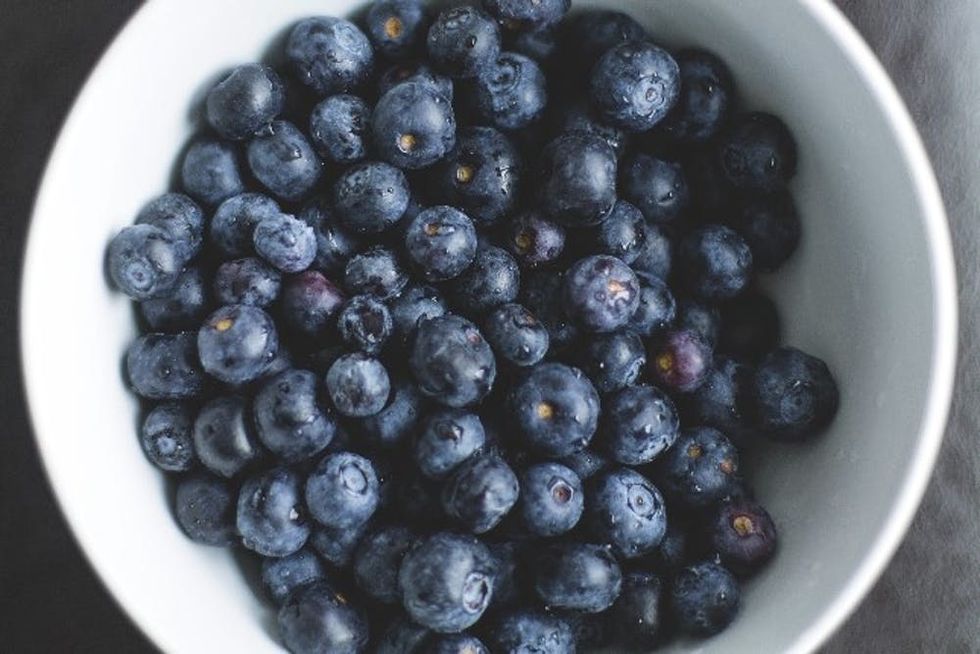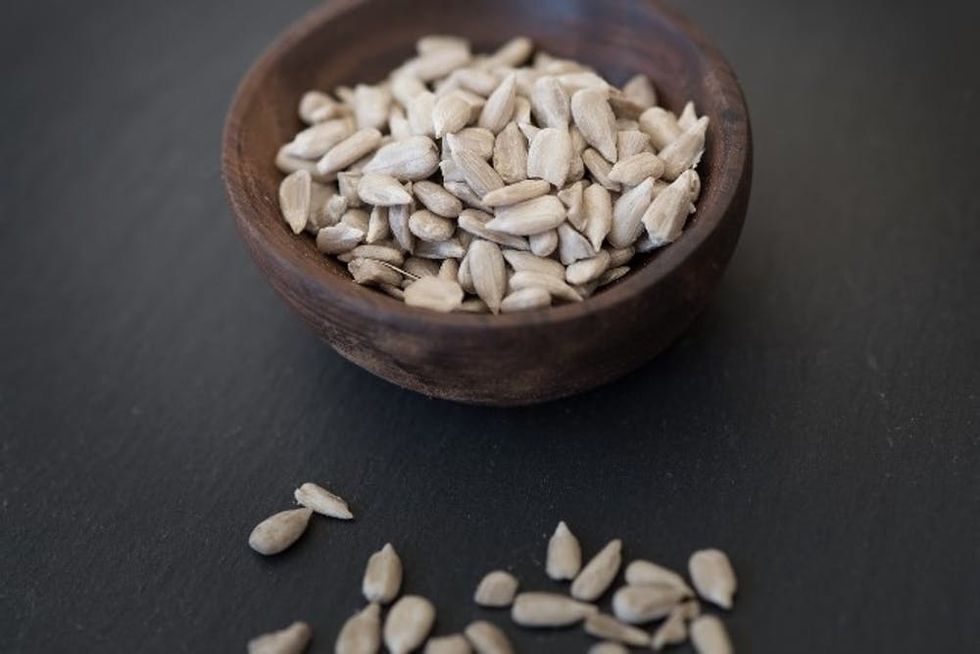Easy to add into your meal plan and packed with health benefits.
10 Everyday Superfoods That Won’t Break the Bank

Beyond the superfoods trending in your state, there are plenty of other foods with major nutritional and health benefits that won’t break the bank. We love matcha lattes and mermaid-inspired spirulina recipes, to name a few. And you don’t have to go out of your way to hunt them down when so many superfoods can be found at a regular grocery store. Here are 10 everyday superfoods that you can easily work into your weekly meal plan, no matter what your budget is.
Black Beans
The Super Benefits: Though berries get the limelight for their anthocyanin content (i.e. the antioxidants that give them their dark purple or blue colors), black beans are also packed with those antioxidants. In fact, black beans are tops among all beans in antioxidant activity. Next time you’re at Chipotle, definitely order the black beans!
How to Eat Them: In burritos, salsa, and salads, and in other delicious black bean recipes — even unexpected ones like brownies.

Blueberries
The Super Benefits: Exotic berries like goji and açaí are touted for their super healthy aspects, but don’t overlook the good old blueberry. In addition to their antioxidant content, blueberries may also help our brains — especially our memory — as we age.
How to Eat Them: In smoothies, on yogurt, in other blueberry recipes like muffins, or on their own as a snack.
Broccoli and Cabbage
The Super Benefits: Though kale and cauliflower get more attention, broccoli and cabbage are also members of the cruciferous family of vegetables. Named for the shape their petals form, these vegetables have shown promise in preventing certain types of cancer. Bring on the broccoli!
How to Eat Them: Save on broccoli by choosing frozen, which is just as healthy as fresh, then add it to soups, stews, and stir-fries. Our favorite broccoli recipe? Roasted, with plenty of lemon zest and flaky salt. Cabbage can be “wilted” or massaged like kale to make eating it less of a workout. Or, try this cabbage recipe: Lightly sauté shredded cabbage and toss with balsamic and Dijon mustard. Bonus: Turn cabbage into kimchi or sauerkraut to boost gut health too!
Garlic and Onions
The Super Benefits: As we age, our arteries stiffen, but garlic and onions — both members of the allium family — may help keep them more pliable. Alliums have also shown promise in both preventing and treating chronic diseases.
How to Eat Them: Use one or both as the start to any savory recipe as a surefire way to boost flavor and nutrition. You can’t go wrong with a super garlicky dinner!
Green Tea
The Super Benefits: Matcha has stepped out of the shade recently, but all green tea delivers potent antioxidants, including polyphenols. Matcha is specially grown in the shade and hand-harvested, so it costs more than many other types of green tea. Sip on bagged or loose-leaf green tea daily to reap its potential cancer-prevention and heart-health benefits.
How to Eat Them: Sip a cup or two per day, use it in place of water in your smoothies or baked goods, or try these other green tea recipes.
Lentils
The Super Benefits: Pulses like lentils and black beans are not only a good source of plant-based protein (20-25 percent protein by weight); they’re also rich in minerals like iron, magnesium, and zinc. Lentils in particular are great because they cook quickly, don’t require soaking before cooking, and have a mild flavor that pairs well with most herbs and spices. Pro tip: Choose dark green French lentils, black Beluga lentils, or red (orange) lentils to switch up the types of antioxidants you’re getting.
How to Eat Them: Simmer them with curry powder or cumin and smoked paprika and veggie broth, then pair with rice. Use them in place of beans in your favorite chili. Or try one of these soul-soothing vegetarian recipes.
Mushrooms
The Super Benefits: You’ve already heard that medicinal mushrooms are the new coffee substitute, but even the plain white button mushrooms at the supermarket have health benefits (for far less moolah). Mushrooms contain a type of carbohydrate called beta-glucans that majorly boosts the immune system, and white button mushrooms have been identified as having potential anti-cancer properties.
How to Eat Them: Sauté mushrooms, then use them as the basis for your soups, stir them into brown rice, or add them to omelets and frittatas. Mushroom recipes are endless!

Sunflower Seeds
The Super Benefits: Cashews and almonds are delicious but pricey. Sunflower seeds are easier on the wallet and just as versatile. These humble seeds are a rich source of the antioxidant vitamin E and heart-healthy fats, plus essential minerals like copper and selenium.
How to Eat Them: Soak them in water and blend into a milk as you would cashews, roast and grind them for a nut-free peanut butter swap, or spice them up and toss them on your salads.
What’s your favorite superfood? Get more recipe inspiration by following us on Pinterest.
(Photos via Free-Photos and Pezibear/Pixabay)











